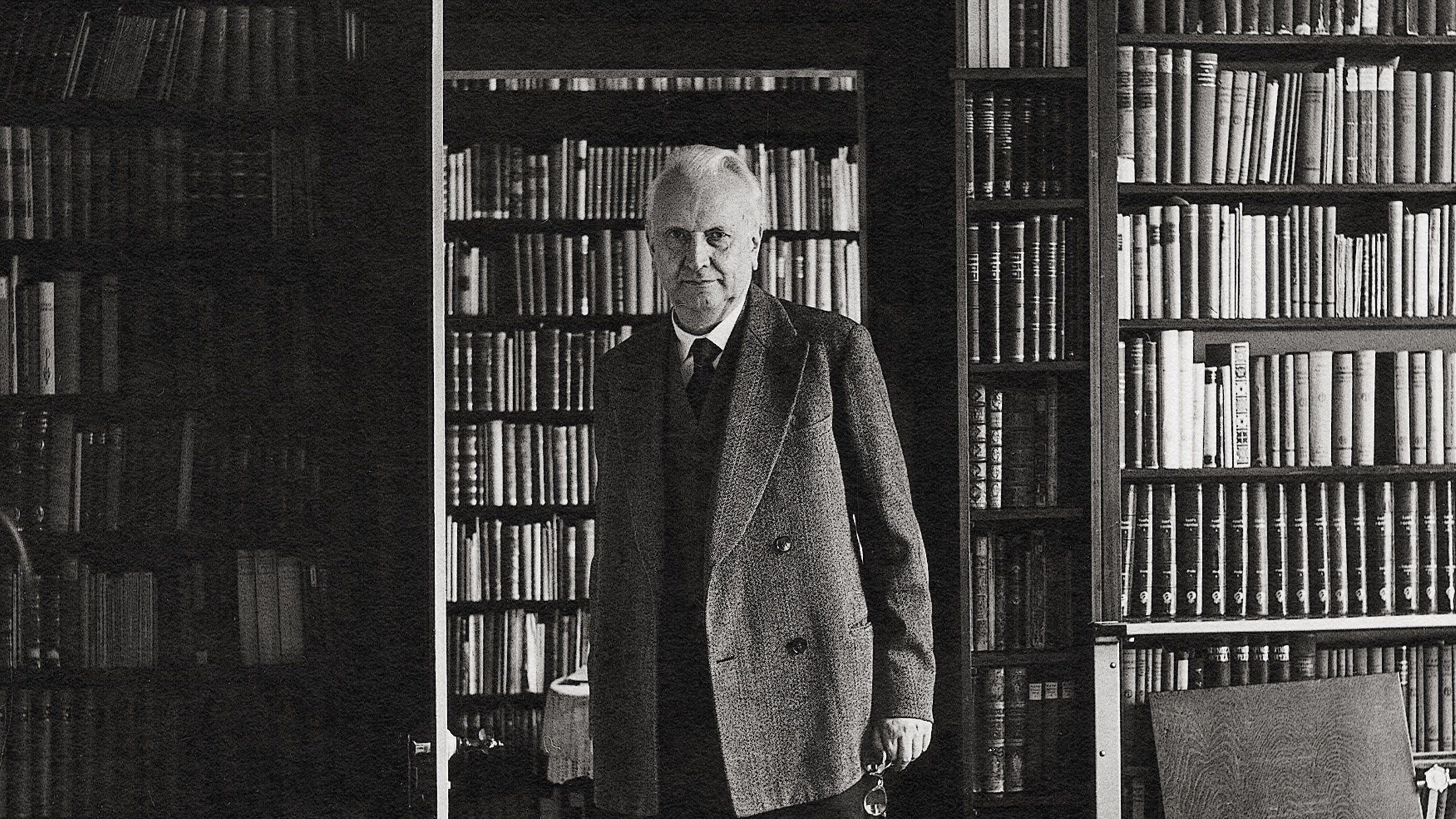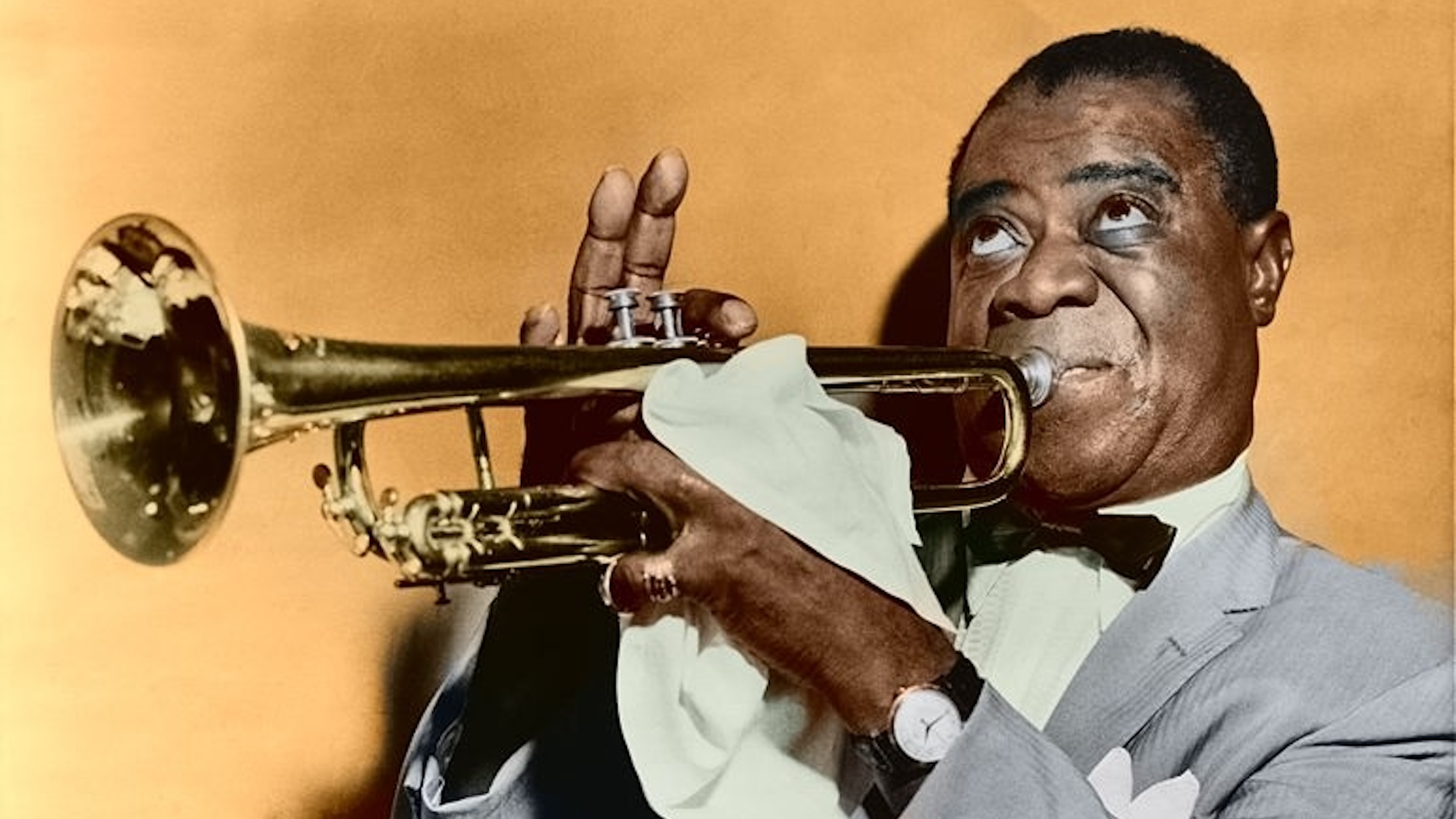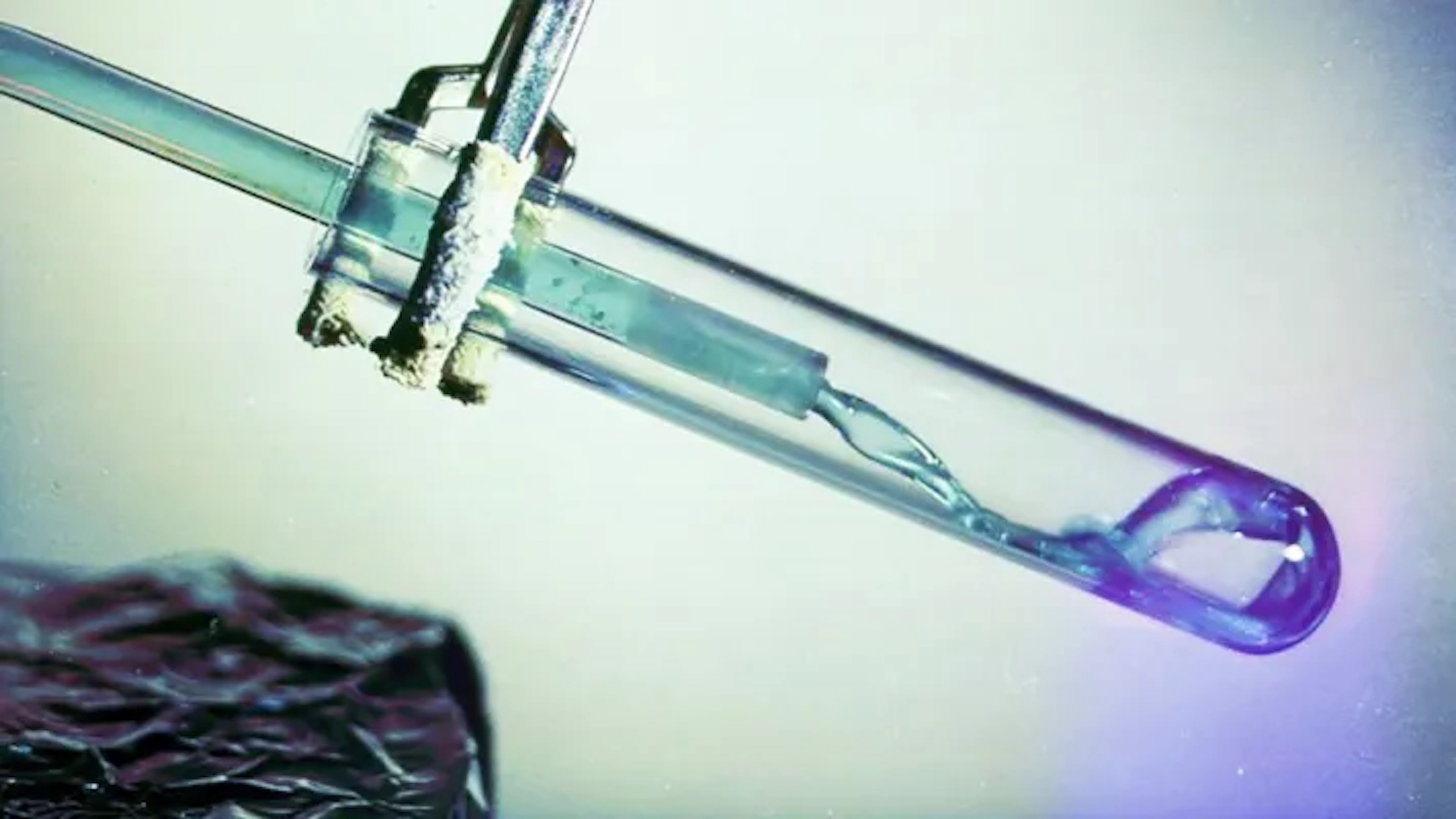Woolsey talks about the 50s oil boom, the 70s oil bust, and the prospects of renewable energy.
Question: When did you become interested in renewable energy?
Jim Woolsey: Well it wasn’t really sudden. I got exercised about oil dependent sitting in gasoline lines stretching down the block in the early ‘70s with the Saudi embargo . . . ’73. And I was in the government shortly after that. And when I got out I worked with a friend, Bill Homeberg, who had been at the Department of Energy, and we set up a program at one of the think tanks in Washington, the Center for Strategic and International Studies, that we called the Jefferson Group. And it had some interesting people in it. It had a big real estate developer. It had Admiral Thomas Moore who had just stepped down as Chairman of the Joint Chiefs of Staff. It had Hunter and Amory Lovins, the soft path energy advocates par excellence. And the reason we called it the Jefferson Group is we had this hypothesis that although Hamilton had been proven generally more correct than not in his and Jefferson’s argument about the future of the American economy for the 18th, and 19th century, the 21st century coming up might be one that where Jefferson, in his yuleman farmer focus, might be more comfortable. Technology hadn’t caught up with Jefferson at the point; but increasingly with distributed generation of solar and wind, with things like thin film, solar with the possibility of plug-in hybrids, meaning that you could drive from energy generated on your roof with wireless mesh, and new types of communications gear that makes it a lot easier to operate very effectively without an elaborate and centralized communications structure, we may have the wherewithal to make our society a lot less vulnerable to things like terrorist attacks on energy, let’s say, or communications, then would have been the case just a very few years ago. None of us saw those things clearly in the early ‘80s, but it was the general idea. And in about ’82, I wrote the forward to Hunter and Amory Lovin’s book “Brittle Power” about the vulnerability of the energy industry. And I kind of followed energy while I was over negotiating arms control for both the Bush one and Reagan administrations in Europe. And then when I was Director of Central Intelligence in the early Clinton administration, shortly after I got out of the Clinton Administration in ‘95, Senator Richard Lugar called me. He was Chairman at the time, I think, of the Agriculture Committee. And he asked if I could testify about energy and national security. I said, “Well I’ve been interested in this in one way or another for some time. I’ll have to do some reading.” And the hearing wasn’t for a couple weeks, so I started doing some reading and found out about cellulosic ethanol, the genetic engineering of the biocatalyst to make it possible the breakdown of the cellulose into constituent sugars and then ferment. It was, at least in the laboratory, done. And I remember thinking, “My gosh, that’s catalytic cracking.” I grew up on the fringes of the oil business in Tulsa. Tulsa called itself the oil capital of the world in the 1950s, and it wasn’t real far off. It was very central to a lot of the oil companies, and oil equipment, and the rest. Most people in business, a very large share of them were in the oil business in one way or another. Well anybody who is familiar with the oil business knows that up until the early 20th century you could only get gasoline from a tiny share of petroleum; but first with thermal cracking and then ‘30s catalytic cracking, you could use much larger shares – 70, 80 percent of oil – to produce gasoline. And it was that expansion of the feed stock that made possible the transportation revolution of the early 20th century, and the reason gasoline was 25 cents a gallon when I was growing up in Tulsa. So if you had catalytic cracking or the functionally equivalent thereof for plants – and it doesn’t have to be crops, it can be grass – that changed everything I thought. And I started doing a lot of writing and reading and some speaking about cellulosic ethanol. And as time went on I got more and more interested in other fuels as well, and other aspects of energy and security. So I’ve been on this in one way or another since the ‘70s and early ‘80s, and in a relatively dedicated way since the ‘90s, and full time for the last three years or so.
Recorded on: 7/2/07





